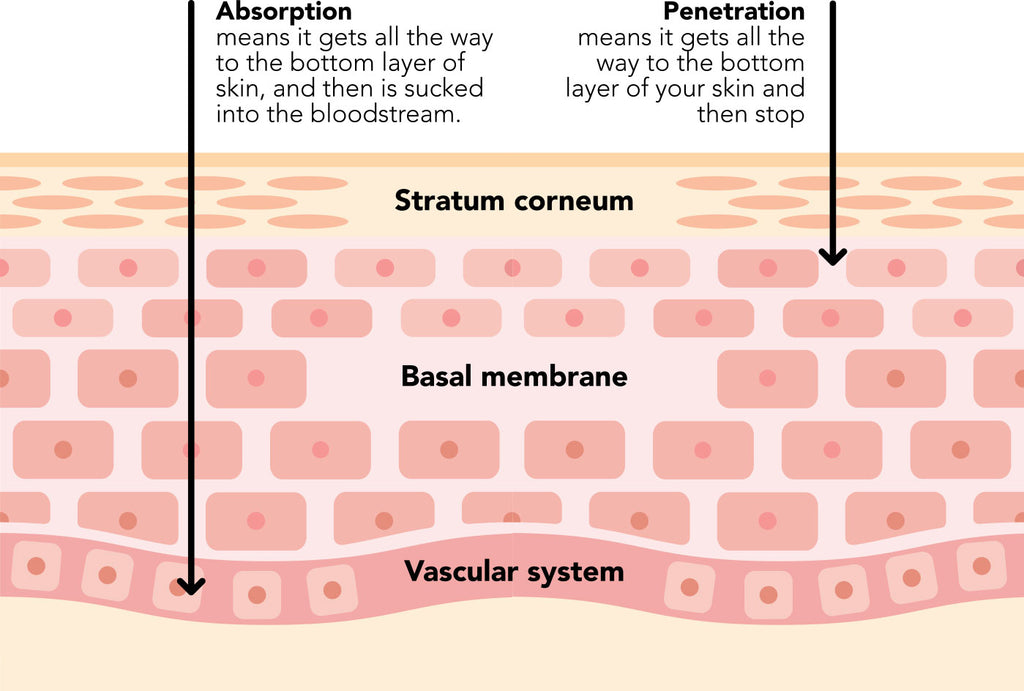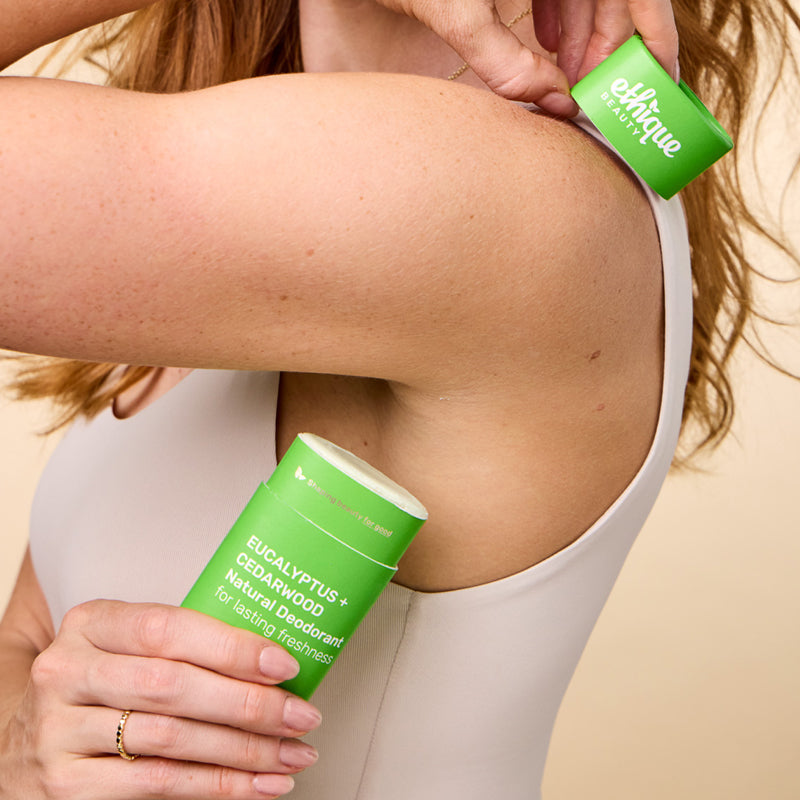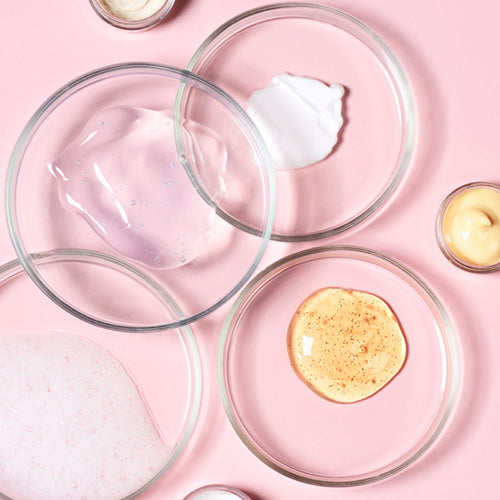Do you really absorb 60% of everything you put on your skin?
In short: no.
This stat sounds super compelling - especially as a selling point for our business because we work hard to use only safe ingredients. But really, it’s just not true. Think about it - if we literally absorbed 60% of everything we put on our skin, having a shower would become a life-or-death struggle. A rainy day would mean mass drownings. You’d have to constantly reapply makeup, as it was sucked into your body through your skin. You could eat by smearing food onto your face (which, to be fair, kind of looks like what I’m doing sometimes).
Ok, ok, I’m getting silly now, but are you getting my point? Your skin does absorb some things - that's why nicotine patches work. But it’s also really good at not absorbing most stuff. Water, for example, has a really hard time getting through the top-most layer of skin.

Absorption vs penetration
It’s worth getting clear on the difference between absorption and penetration.
Absorption means it gets all the way to the bottom layer of skin, and then is sucked into the bloodstream. That’s how transdermal patches (like a nicotine or contraceptive patch) do their work - these have been chemically engineered to make the molecules small and soluble enough to be absorbed. It’s pretty unlikely cosmetics companies will bother to do this - especially when it won’t improve the effectiveness of their products.
Some things do get absorbed - but that’s not always a problem
When the occasional ingredient is absorbed by your body through the skin’s protective barrier, your body generally can filter it out (that’s wee!). There are some compounds that your body can’t filter out - and if they’re poisonous, like lead or mercury, that’s a problem (as Elizabeth the first could tell you). So, yes, avoid cosmetics with lead, mercury and DTT, but generally the cosmetics industry is regulated enough that you’re not going to poison yourself by slapping on some moisturizer. If there’s anything that concerns you, get thee to Google - but be sure to find real studies by real scientists (ie. please don’t read Natural News).
Some cosmetic ingredients can penetrate the skin, which means they can get all the way to the bottom layer of your skin and then stop. There are penetration-enhancing compounds that are used to get active ingredients like antioxidants further down in the epidermis. The most common are propylene glycol, sodium lauryl sulphate and jojoba oil.
Shower safely
Choose your skincare products and cosmetics wisely - read the ingredients (and avoid things containing lead or arsenic!), but… don’t worry too much. Your skin is way tougher than that.
And when someone next tells you that you’ll absorb 60% of what you put on your skin, go ahead and ask them how they survived their last shower.

 Impact
Impact Blog
Blog Store Locator
Store Locator


